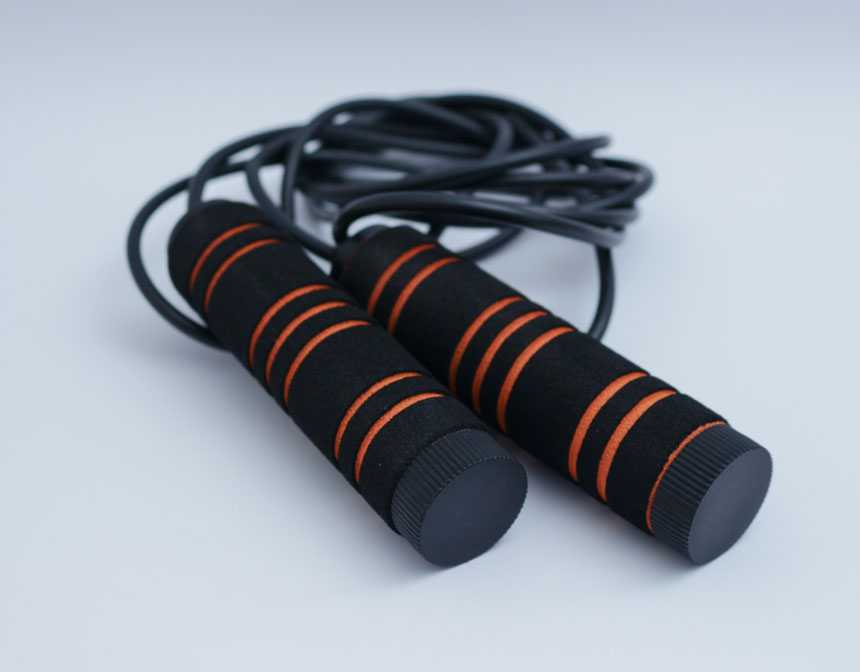The Origin of the Salmon Rice Bowl
The concept of a salmon rice bowl recipe draws inspiration from Japanese and Hawaiian cuisines, where rice bowls are a staple meal. Known for their balance of protein, grains, and fresh vegetables, rice bowls have gained popularity worldwide for being both nutritious and versatile. In Japanese cuisine, dishes like chirashi sushi (scattered sushi) often feature salmon over rice, while Hawaiian poke bowls highlight fresh fish in a similar presentation. This rice bowl with salmon combines these influences into a simple, flavorful dish perfect for any occasion.
A Modern Twist on a Classic Dish
This salmon and rice bowl takes a modern approach by adding customizable ingredients and a spicy mayo drizzle for extra flavor. The inclusion of fresh vegetables like cucumbers, carrots, and avocado ensures the dish is packed with nutrients, while the salmon provides a healthy dose of omega-3 fatty acids. The versatility of the bowl allows for endless combinations, making it a go-to recipe for health-conscious individuals and food enthusiasts alike.
Why This Recipe Stands Out
The beauty of this salmon rice bowl recipe is its adaptability. Whether you’re looking for a quick weeknight dinner or a meal prep option for busy days, this recipe fits the bill. It’s easy to tailor to dietary needs—gluten-free, low-carb, or vegetarian by swapping the salmon for tofu. Additionally, the bold flavors from the soy-ginger marinade and spicy mayo elevate the dish, making it feel like a restaurant-quality meal you can enjoy at home.
This salmon and rice bowl celebrates the simplicity of fresh ingredients while offering a vibrant, satisfying meal. Whether you're familiar with rice bowls or new to this trend, this recipe is sure to become a favorite for its flavor, nutrition, and ease of preparation.
Gluten-Free Version of Salmon Rice Bowl
Making this salmon rice bowl recipe gluten-free is simple and requires just a few substitutions while keeping all the delicious flavors intact. Here’s how to adapt the recipe:
Ingredients for Gluten-Free Salmon Rice Bowl
- Tamari or Coconut Aminos: Replace soy sauce with tamari (a gluten-free alternative) or coconut aminos for a naturally gluten-free option.
- Check Your Pesto or Spices: If using store-bought pesto or spice blends, double-check the labels to ensure they’re gluten-free.
- Rice Options: Use any type of rice, such as white, brown, or jasmine, as rice is naturally gluten-free.
- Sauce: Ensure the mayonnaise and sriracha you use are certified gluten-free. Most brands are safe, but always check labels to be sure.
Directions for Gluten-Free Version
- Prepare the Marinade: Use tamari or coconut aminos instead of soy sauce in the marinade for the salmon.
- Assemble the Bowl: Follow the same steps as the original recipe, ensuring all packaged ingredients are gluten-free.
- Enjoy: Serve and enjoy knowing this version is completely safe for gluten-sensitive individuals or those with celiac disease.
Tips for Gluten-Free Adaptation
- Check Labels: Always double-check packaged ingredients like sauces, marinades, or toppings to ensure they’re certified gluten-free.
- Experiment with Grains: Substitute the rice with gluten-free grains like quinoa or cauliflower rice for a different texture and added nutrition.
- Keep It Simple: If unsure about an ingredient, stick to fresh, whole foods to maintain a gluten-free guarantee.
This gluten-free salmon and rice bowl retains all the flavor and versatility of the original while accommodating dietary restrictions, making it an ideal choice for everyone at the table!
How To Store Salmon Rice Bowl?
Proper storage is essential to maintain the freshness and flavor of your salmon rice bowl recipe. Here are some tips for storing leftovers safely and effectively:
Refrigerating Leftovers
Separate Components: For best results, store the salmon, rice, and toppings in separate airtight containers. This helps preserve the texture and flavor of each ingredient.
Refrigeration Time: Store the leftovers in the refrigerator for up to 3 days. Make sure the salmon is tightly sealed to prevent it from drying out.
Freezing Option
Salmon and Rice Only: If you plan to freeze leftovers, only freeze the salmon and rice, as fresh vegetables like cucumbers and avocado don’t freeze well.
Storage Method: Use freezer-safe containers or zip-top bags, ensuring all air is removed to avoid freezer burn. Label with the date for easy tracking.
Freezing Duration: Frozen salmon and rice can be stored for up to 1 month.
Reheating
Microwave Method: Reheat the rice and salmon separately in the microwave. Cover with a damp paper towel to retain moisture. Heat in 30-second intervals until warm.
Skillet Method: Reheat the salmon in a non-stick skillet over low heat to keep it tender. Warm the rice in a separate pan or microwave.
Add Fresh Toppings: To keep the bowl fresh and vibrant, add the toppings (like avocado and cucumbers) just before serving.
















































